 SELECTED
ISSUE
SELECTED
ISSUE
|
|
Leisure Management - Forgotten Gem

Top Team

|
|
| Forgotten Gem
|

TUI is stepping into the luxury market with a unique project that’s turning an abandoned Tuscan village into a landmark resort. Kath Hudson talks to the team about how they’re making it happen
|

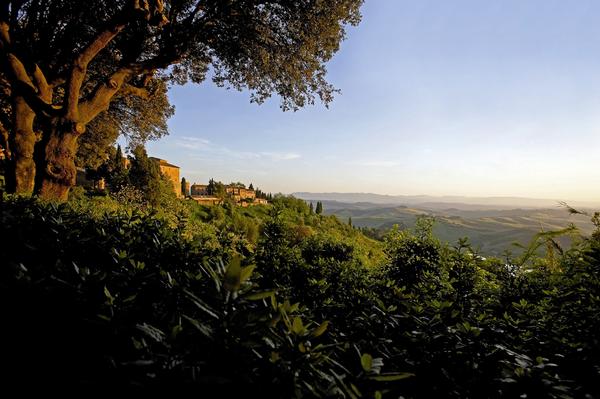
A unique project that’s turning an abandoned Tuscan village into a landmark

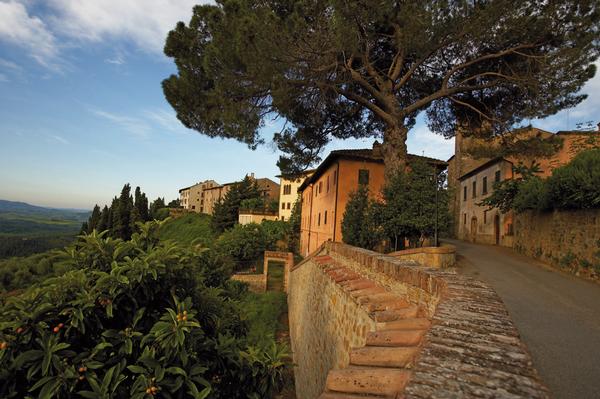
The resort is situated in spectacular surroundings

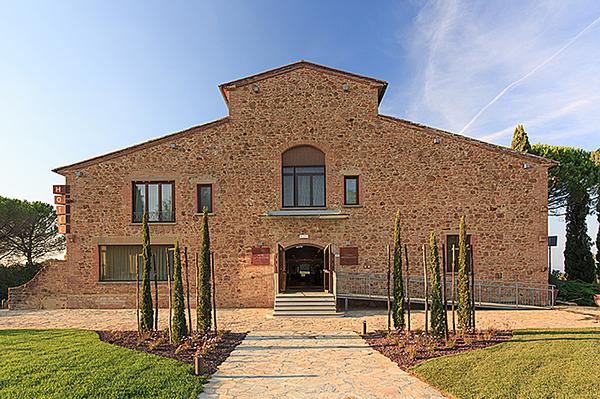
The 31-room hotel is a restored tobacco factory

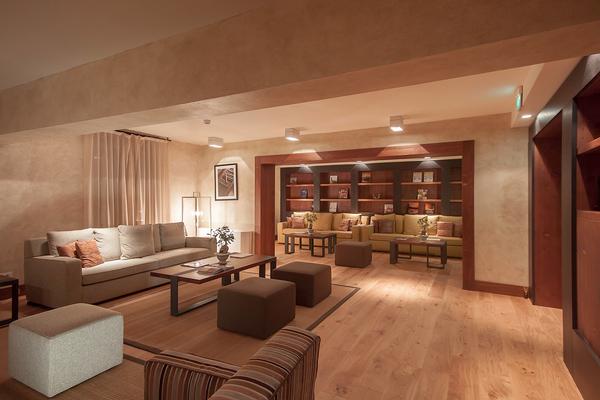
Inside the hotel, natural colours and materials have been used to create a soothing, understated feel

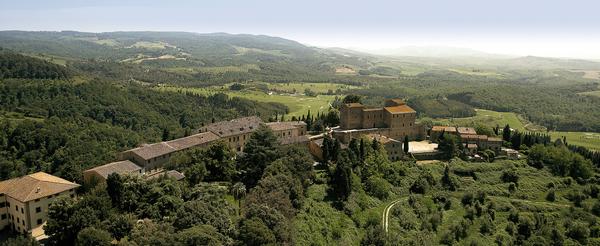
The 800-year-old medieval village sits inside a 1,100 hectare estate. It’s been virtually deserted since the 1960s
|
|
|
One of the world’s largest travel and tourism companies, TUI – which runs travel agents, hotels, airlines and cruise ships – has taken its first step out of the mass market. In 2007, the German company acquired the derelict village of Castelfalfi in Tuscany, Italy, which was abandoned by all but five people during the rural exodus of the 1960s. TUI subsidiary, Tenuta di Castelfalfi S.p.A, has been breathing life back into this 12th century village, which is nestled between olive groves and vineyards. The first visitors to the Toscana Resort Castelfalfi were welcomed this summer.
|
|
|
What is special about this project?
It’s a very exciting project: the biggest in Italy at the moment. We’re investing a total of€E250m. Tuscany is still one of the most important destinations in central Europe.
What stage is the development at now?
We’ve finished the first phase of project development, with the apartments and pools. Phase two is underway, with the five star hotel and the two casali (farmhouses). Next spring we will start with the next phase of the apartments, so we’ll have a luxury rental market next year.
Has everything gone according to plan?
Getting the permissions took longer than we were expecting, but we are still on track. It takes a very long time to get all the necessary permissions in Italy, and our project involved both old and new structures.
What attracted you to this role?
The challenge of the project itself was the main attraction. It’s a unique development in Europe at the moment. There’s nothing else like it.
How involved is TUI with the project?
You won’t find a TUI brand on the door, because it doesn’t fit the project. TUI owns 100 per cent of our company, Tenuta di Castelfalfi S.p.A, so is involved financially. They have financed it entirely in-house and are not involved with any banks or investors, but they’re not involved in the operation. For TUI it’s a step into the luxury market.
Is TUI currently looking for similar opportunities elsewhere?
Yes. We have a scouting department made up of people who travel around the world checking out new destinations. The European market is changing at the moment, and it’s a challenge for TUI to hit the right note with this development. We have a lot of five star structures but this is new, because it’s not a typical resort.
What are the plans for the spa?
One of the important elements of the spa will be the relationship between the hotel, nature and the spa, so people can relax looking at a view. The star of Tuscany is the landscape, so this will be part of the concept.
What are the challenges?
This is a long term project, so you have to keep looking ahead and assessing if it’s still suited to the market. It’s a living project.
|
|
 |

Chiara Guidi
Marketing Director
 |
|
What is the USP of Castelfalfi?
Tenuta di Castelfalfi S.p.A is creating a destination and bringing life back into a derelict village. It offers a true Tuscan experience; it’s not a fake place.
What is your target market?
Visitors from Germany, Switzerland, the UK, Sweden, France, Belgium, Holland and the US, as well as from new markets like Brazil, Russia and China. There is a niche of tourists who are well-travelled and will understand what we’re doing here. They will want to come because it’s authentic.
Will weddings be an important market?
Yes, we’re already receiving lots of enquiries about weddings, as we’ll be able to host civil ceremonies in the Castello.
How long will people stay?
Europeans do short breaks, but those from further afield come for 10 days to two weeks. They hop from place to place, so we’re offering a lot of activities to keep people as long as possible: pizza making, wine tasting, golf, boar watching, horse riding, hiking and cycling, as well as four swimming pools, a gym and eventually tennis courts and a spa. It’s also a great base to explore the area from; we’re one hour from Florence, 40 minutes from Pisa and one hour from the nearest coast, with 18 Blue Flag beaches.
How are you using social media to promote Castelfalfi?
We have a blog, Postcards from Tuscany, which tells people what’s going on in the area. We also have a Facebook page and are active on Flickr, Twitter and YouTube.
|
|
 |

Giancarlo Ercolin
Hotel Director
 |
|
What is special about the Castelfalfi project?
We are offering an authentic Tuscan experience. In other places, developers try to create a fake Tuscany. Our USP is to remain authentic and allow guests to holiday as if they live here. There is lots on offer to help guests enjoy their surroundings.
What changes have you seen in the tourism industry during your career?
The industry has become impersonal. Guests aren’t guests anymore; they’ve become room numbers. Companies roll out the same hotels in several cities, with the same standards. Good service has become associated with being very stiff. This is not the type of experience we want our guests to have; we want to be open to the needs of each customer and we want to offer Tuscan friendliness.
How do you describe your hotel offering?
Our offering is very rooted in its location. We’re using local produce for the restaurants – I buy meat from my neighbour who lives 10 minutes away. As well as pressing our own olive oil and producing wine from our vineyards, we’re thinking about growing some of our own produce.
How easy is it to find staff in such a remote location?
It’s difficult, because Italy doesn’t have a tradition of high quality in its hotels. One of the challenges in Tuscany, and Italy, was that in the past few years the prices have gone up, but the quality has gone down. The gap between price and quality is really big. You can’t find anywhere with the same standards offered in our hotel in the area at the moment. As a result, we’ll be training our own staff and have started a 12-month programme with the local authorities and a local college to train interns.
Do you have to lay off staff when the hotels close in the winter?
No, we offer permament employment. Staff take their holidays when the hotels are closed, because they work very hard in the season.
|
|
 |

Felix Voisard
project Manager
 |
|
What is your role?
I gather the information needed to develop the project. I liaise with the operations manager, the real estate manager and the architects, and put them together. We then control the intermediate results. Are we still going in the right direction? Are we fulfilling our objectives? Are we on track financially? Then we go on to the executive planning and the tenders, until the handover. My work ends one year after the project has become operative.
What have been the biggest challenges?
There are a lot of small projects making up the development – the hotels, the swimming pools, the apartments, and so on – and integrating all of them is a challenge. Plus it’s intercultural and Italy is very bureaucratic, which is confusing for a foreigner.
What are the sustainable features of this project?
There’s a good side to all the bureaucracy, because in Tuscany everything is done in the proper fashion. We have to prove that anything we construct has been properly inserted in the landscape, using local plants and no fences. We have our own well and we use rainwater harvesting for irrigation and to flush the toilets. When the hotel is built, the heating will convert to biomass, and we’ll have around 90 producers bringing wood here for us to burn. Sixty four per cent of the energy will be supplied by renewable sources.
How much of the estate will be developed?
Only one per cent of the 2,700 acres will be built on, and of this 0.03 per cent will be new buildings.
How many architects have been involved?
Every unit has its own team, so six or seven practices. We use different practices so we don’t end up with a uniform look across the village. It’s very easy to find good architects for restoration, but it’s not so easy for new builds.
For the hotel we started with a local architect, Letizia Chiarugi.
The main challenge is coming up with a contemporary interpretation of Tuscan architecture. The most complicated part of the work we have to do is ensuring the buildings fit in with the landscape and the Tuscan area, while still looking attractive inside.
|
|
Phase one
Il Rosmarino restaurant (launched summer 2011)
La Tabaccaia 31-key three star hotel (launched March 2013)
The Borgo (village centre): 41 apartments, both for sale and rental and nine shops (launched June 2013)
La Piscina: four outdoor swimming pools including a 30m pool, gym, sauna, snack bar
Two golf courses: an 18 hole mountain course remodelled in 2010 and a nine hole lake course, completed in November 2011
Phase two
Restoration of the Castello (castle) suitable for weddings and events, with a Michelin-starred restaurant and bar
Construction of Centro Congressi (congress centre)
Renovation of 18 Casali (farmhouses), for sale and rental
Construction of 11 golf villas, more apartments, villas and townhouses (it has yet to be announced how many)
165-key four star hotel
120-key five star hotel, with 1,200sq m spa
|
|

|
Kath Hudson Journalist, Leisure Management
Castelfalfi sounded like an intriguing place to visit. Could a 12th century Tuscan village be brought back to life by a tour operator without seeming like a bland resort which could be anywhere?
Although it was early days when I was there, I would say Tenuta di Castelfalfi S.p.A absolutely has pulled it off. Thanks to the sympathetic conservation – and strict planning laws – the buildings still look 800 years old from the outside, while inside they are stylishly contemporary.
The stars of Tuscany are the lush, undulating landscape and the weather. Many of the activities on offer at Castelfalfi are outdoors: hiking, golf, cycling, boar watching, horse riding and swimming. Then there is delicious food and drink to reward yourself with later.
Unseasonally wet weather did threaten to derail our plans, but luckily the local Western-style riding stable, with which Castelfalfi has an affiliation, has an indoor school. I didn’t get to gallop through the Tuscan hills, but I did learn some cowboy moves, which was equally exhilarating and memorable.
There’s plenty to do all year round: pizza making and wine-tasting classes, ancient villages to explore, Florence and Pisa are within easy reach, and the spa will open in a couple of years.
|
|
 |
| Originally published in Leisure Management 2013 issue 4
|
|
 |
|